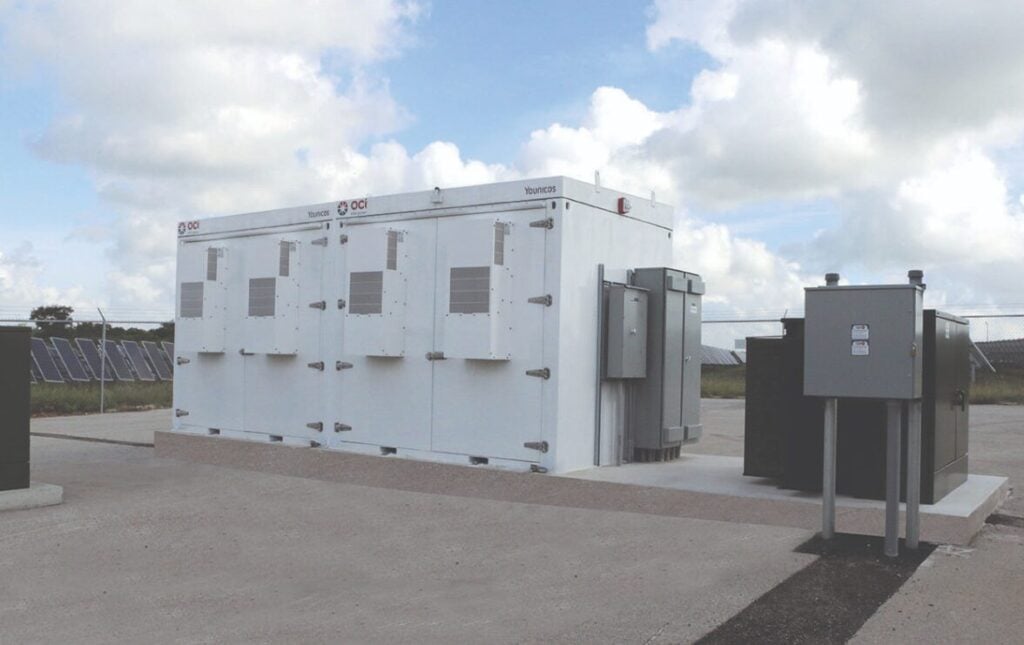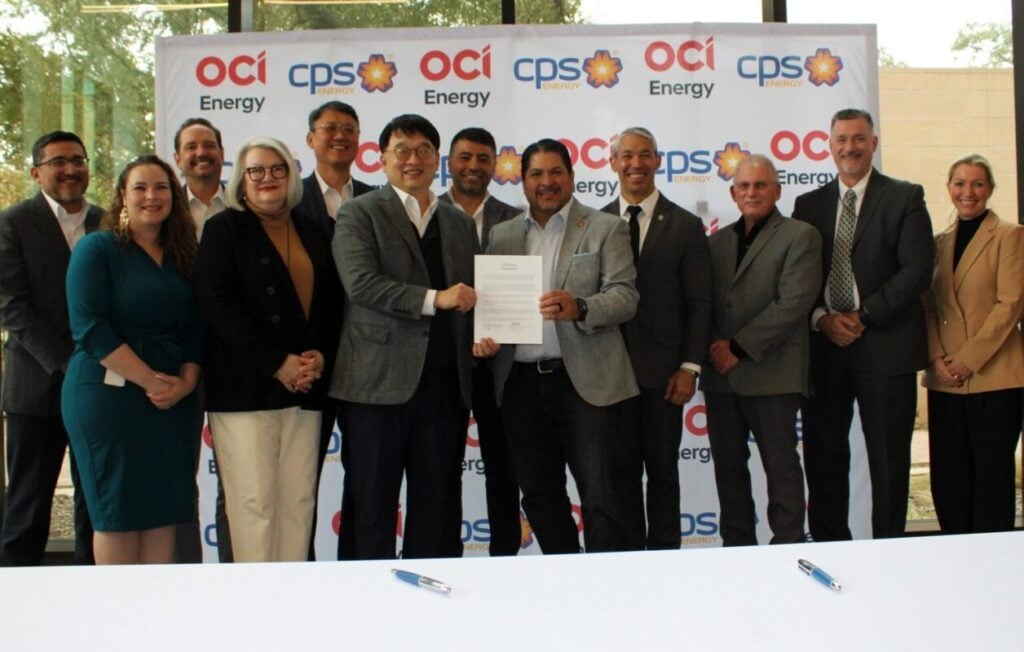
We caught up with the president of OCI Energy, a developer-operator with a 4-hour BESS in Texas, US, about the longer duration, long-term project ownership and why the current US-China tariffs create a huge challenge for procurement.
OCI Energy is a US solar and storage developer which is part of OCI Holdings, a South Korea-based conglomerate which is also one of the largest polysilicon manufacturers for solar PV globally.
The company started out in 2012 with the aim to be an independent power producer (IPP), pivoted to develop-and-flip in 2016/17, but has now moved back into long-term ownership of some projects.
President Sabah Bayatli discussed this pivot, its 4-hour battery energy storage system (BESS) project in Texas, and the current US-China tariff environment and what it means for procuring BESS technology.
Try Premium for just $1
- Full premium access for the first month at only $1
- Converts to an annual rate after 30 days unless cancelled
- Cancel anytime during the trial period
Premium Benefits
- Expert industry analysis and interviews
- Digital access to PV Tech Power journal
- Exclusive event discounts
Or get the full Premium subscription right away
Or continue reading this article for free
Move into BESS and long-term ownership
“Nowadays, we are diversifying. We are still selling projects but are selecting some of our own to own and operate, and are actively seeking financing on those,” Bayatli explained.
“From the company’s perspective, it is important to diversify your revenue streams. Contracted or merchant revenues are different to developers’ ‘business-as-usual’ income. Develop-and-sell will still be our core business.”
Its two most high-profile own-and-operate projects are the 120MW/480MWh Alamo City BESS in San Antonio and a 350MW solar PV project in Houston which it will own and operate with a JV partner. Utility CPS Energy entered into a long-term storage capacity agreement (SCA) with OCI for Alamo in October 2024.
“At core, we are a developer so we know all about interconnection, environmental review and real estate. We’ve also done contracting and financing for 5-6 years, so we are very comfortable with that process too,” Bayatli added.
Alamo’s 4-hour duration
The Alama project is relatively unique for the ERCOT, Texas market where most grid-scale BESS projects have a duration of 1-hours or 2-hours, not four. Bayatli said the decision to configure it for 4-hours was ultimately down to the end-user, which is a municipal utility.
“Some 95% of the storage online today in ERCOT is merchant storage. The end-user is typically a big private equity (PE) firm or investor that has deployed the system with certain risk and return expectations,” he said.
“The end-user for LDES more generally is utilities. They need to balance their own load and they think about that on a long-term basis. I think CPS will eventually use this project to balance its load.”
“A merchant project would typically not do 4-hours as they do their modelling on price spreads and their financial model will see a 1-2 hour system as optimal. They make their decision based on economics, while utilities have a more long-term view.”
The ERCOT, Texas market has been something of a focus for Energy-Storage.news Premium recently, with a look at the upcoming RTC+B reforms published last week and a broader panel discussion on the state of play covered the week before.
Procurement and tariffs
Bayatli said the company is in the process of selecting a BESS supplier for Alamo, having shortlisted a few with the aim of finalising its selection by mid-May. But the huge tariffs on Chinese products that Trump has imposed are a major challenge for the industry, he added, building on what Energy-Storage.news has heard from suppliers Tesla and IHI Terrasun and others in the industry.
“Tariffs are really tricky. The trickiness is the uncertainty that comes with it. If you firmly tell the market what they are, they can bake it into their pricing. The 90-day pause on non-China countries is causing project delays. There are many different scenarios at the end of that period,” Bayatli said.
“The real challenge is for people financing a project now. If you have only shortlisted Chinese suppliers, you’ll have a problem. The tariffs shift you to beyond China, and you’ll probably have to wait for the 90 days to pass. We have different manufacturers shortlisted, including some in the US. But the tariffs actually add more complexity to US-based suppliers with components from abroad, because you have numerous tariffs to take into account.”
Assuming the tariffs remain as they are, could China still end up being the cheapest option? Bayatli: “No, that wouldn’t be possible. Look what happened with solar panels, the number that comes into the US from China is low, they all come from Southeast Asia now.”

